Autumn is the season for chestnuts, a beloved nut variety known for its sweet and nutty flavor, as well as its abundance of health benefits. According to experts, chestnuts are rich in fiber, antioxidants, iron, B vitamins, and vitamin C, among other nutrients. They help improve digestion, promote cardiovascular health, enhance brain function, boost the immune system, and prevent chronic diseases.
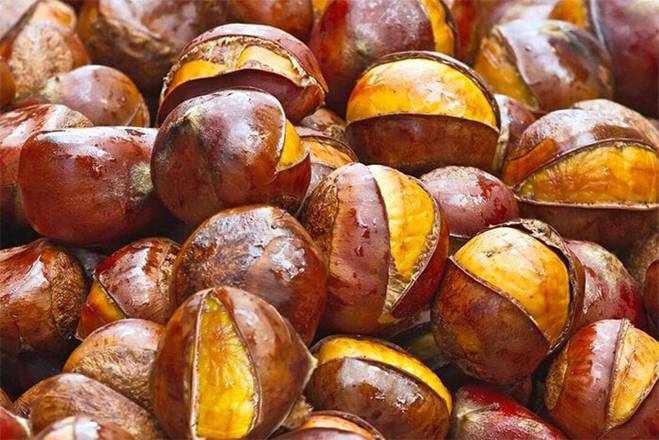
Chestnuts are not only delicious but also offer a plethora of health benefits. (Image: Sohu)
Chestnuts are incredibly versatile in the kitchen. Apart from the traditional roasted chestnuts, you can incorporate them into hearty dishes like chicken stew, bone broth, chicken soup, or even baked goods. The addition of chestnuts elevates the flavor profile of any dish.
Despite their nutritional value and culinary versatility, choosing the right chestnuts can be a challenge. The delicate meat of the chestnut is encased in a thick, hard brown shell, and it’s easy to end up with bitter or stale nuts if you don’t know what to look for.
Tips for Selecting Sweet, Nutty, and Non-Stale Chestnuts
The following secrets will help you choose chestnuts that are sweet, nutty, and never stale.
Observe the Shape of the Chestnuts
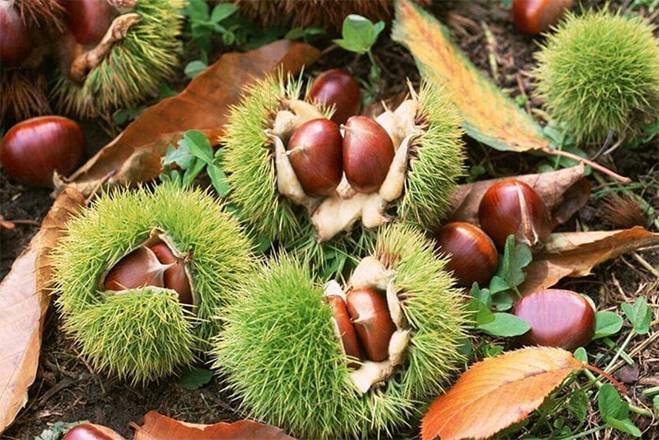
The position of the chestnut within the burr determines its shape and sweetness. (Image: Sohu)
Upon close observation, you’ll notice that chestnuts typically come in two shapes:
– Some chestnuts have one flat side and one rounded side.
– Others have both sides flat.
If you’re aiming for the sweetest chestnuts, go for the ones with a rounded side. This is because a chestnut burr (the spiky casing) usually contains a few, or even up to four, chestnuts. The curved side indicates that the chestnut is positioned on the outer part of the burr, receiving more sunlight, resulting in a sweeter taste.
Examine the Color of the Chestnuts
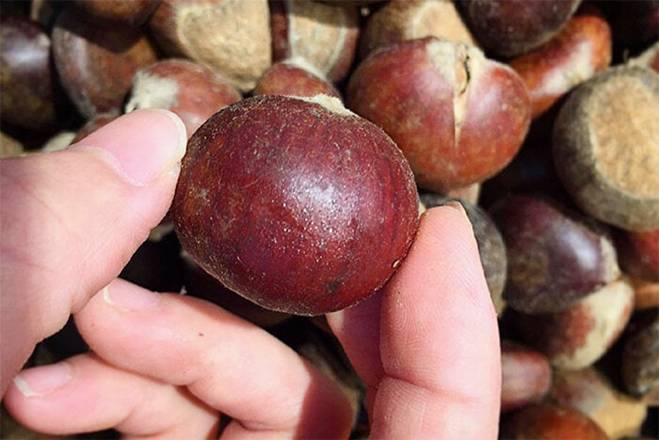
Tip for choosing sweet chestnuts: Darker brown chestnuts tend to be sweeter than reddish-brown ones. (Image: Sohu)
Typically, you’ll come across two color variations: reddish-brown and dark brown. The dark brown chestnuts are usually older, fully ripe, and thus sweeter and nuttier. On the other hand, reddish-brown chestnuts are often freshly harvested and less mature. For the best flavor, opt for chestnuts with a dark brown color and a shiny surface.
Inspect the Downy Hair on the Chestnuts
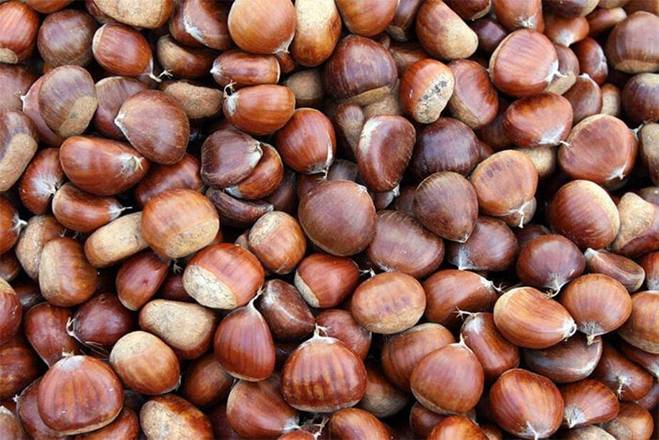
Chestnut selection tip: The amount of downy hair indicates whether the chestnut is fresh or old. (Image: Sohu)
Take a close look at the downy hair on the top of the chestnuts. If there’s an abundance of hair, it’s an indication of freshness. Conversely, if there’s barely any hair, it’s likely an older chestnut. We should opt for chestnuts with more downy hair as they tend to be sweeter and nuttier.
Use Your Hands to Test the Chestnuts
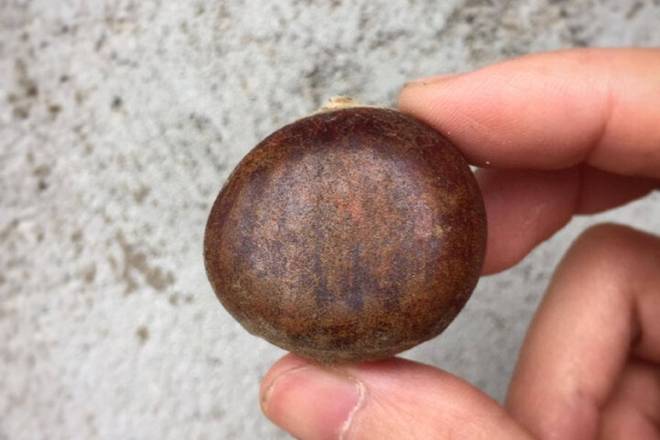
Choose chestnuts that are firm and difficult to press, as this indicates freshness. (Image: Sohu)
Another way to select sweet, nutty, and non-stale chestnuts is to use your fingers to press on them gently. If the shell feels rock-hard and tight, it means the chestnut is fresh and juicy. On the flip side, if you can easily distinguish between the meat and the shell, feeling a soft and separated texture, it’s likely an older chestnut that has dried out. Avoid these, as they may be bitter or stale.
Examine the Shell of the Chestnuts
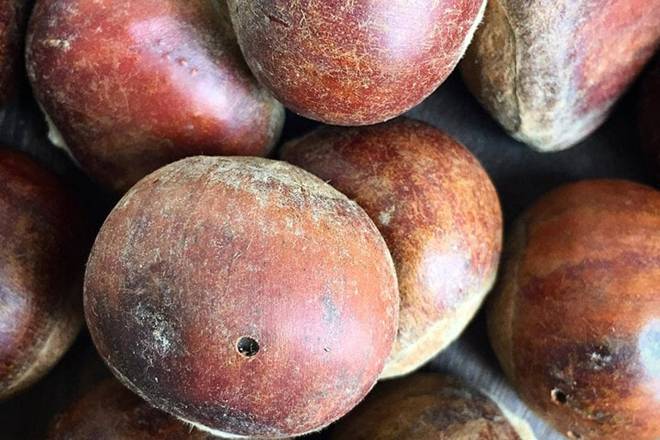
Avoid chestnuts with signs of insect damage. (Image: Sohu)
Opt for chestnuts with smooth, shiny shells that are free of holes. In reality, many sellers treat chestnuts with pesticides to prolong their shelf life. If you choose a chestnut with a puncture, the chemicals may have seeped into the meat, making it unsafe to consume.
Additionally, be wary of chestnuts with a discolored patch on the shell, as this could indicate spoilage or mold. Steer clear of such chestnuts to ensure food safety.
According to VTC News

































